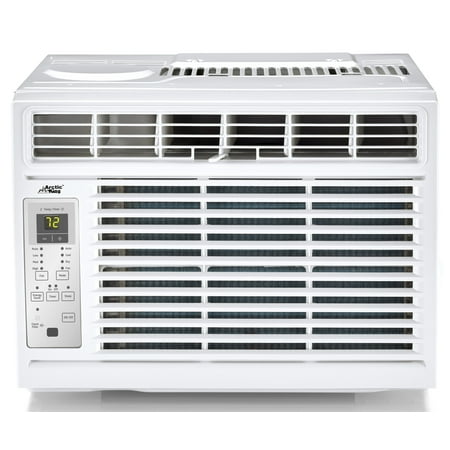Air Purifier for Home, 5 Speed Settings, 3 Stage Filtratio for Smokers, Dust, Pets, Pollen, Air Cleaner with High CADR 130m³/H, Night Light for Bedroom Office
This Morpilot High Efficiency Air Purifier will help clean the air you breathe. It constantly absorbs pollutants and captures up to 99.97% of air particles less than 0.3 microns, including bacteria, allergens, fungi, pollen, smoke, dandruff and dust. It can absorb volatile organic compounds, gases and odors, capture larger particles, and last for three months to obtain the best performance. This black air purifier has a quiet operation. It can circulate indoor air five times an hour. It has five air cleanliness levels and turbine cleanliness settings. which can purify 180 square meters of air in an hour. If you’re looking for a purifier to help your home’s air quality, Morpilot real high-efficiency air purifier will be done.Features:Input voltage: 100V~240V 50/60Hz 17W,Working voltage: DC24. Panel touch screen operation. Material: ABS case sprayed with black matte oilThe product uses DC brushless motor with long life, low power consumption and low noise;CDAR reaches 180M3/H, which is 50% higher than other volumetric air cleaners, and four-layer filter.The adapter is certified by ETL, CE and CB, and the host product is certified by FCC and ROHS.SpecificationsMaterial: ABSDiameter:9 in W x 9 in D x 17 in HNoise Level:28dB, 40 dB, 50dBCADR (m³/h): 180 m³/HNet Weight: 2.6 lbs(1.2 kg)Color :BlackPackage Content:1 x Air Purifier1 x AC adapter plug1 x English Manual1 x Filter (In the air purifier )Please Note:Filter needs to be replaced every 3-6 months and please remove the plastic bag of the HEPA filter inside before starting running it. Replacement filter will be sold seperately













Reviews
There are no reviews yet.